When Ellis Island went silent
Three-decade-old photographs capture the beautifully bleak moments before the abandoned immigration port became a tourism hub

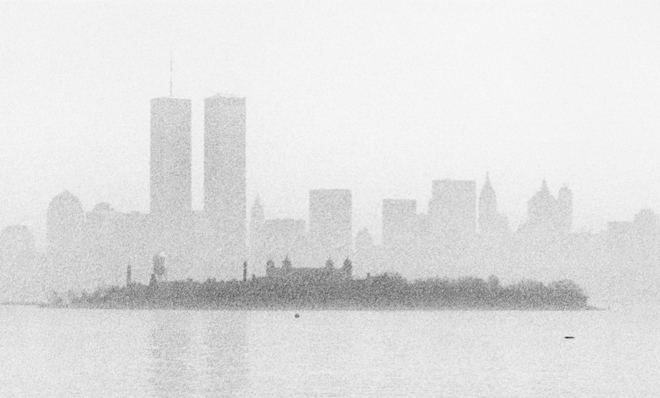
One year ago today, Superstorm Sandy ripped a destructive path along the Eastern seaboard, knocking out power to more than eight million homes and killing at least 117 people.
In New York City, historic Ellis Island and its museum were inundated by the rising waters. While there was little damage to the museum, much of the island's infrastructure was damaged, forcing the National Parks Department to close the island for nearly a year to the day. In honor of the island's reopening on Monday, we spoke with David Simonton, one of the photographers of 1982's Ellis Island Project.
Ellis Island closed its doors as a stopping point for immigrants in 1954. For nearly 30 years, the one-time immigration hub succumbed to the elements that would relentlessly corrode its structures and historic contents. But, in January 1982, after a push from President Ronald Reagan and thanks to a major private fundraising campaign, the National Parks Department embarked upon a massive renovation project that would eventually reopen Ellis Island and the Statue of Liberty to the public eight years later.
The Week
Escape your echo chamber. Get the facts behind the news, plus analysis from multiple perspectives.

Sign up for The Week's Free Newsletters
From our morning news briefing to a weekly Good News Newsletter, get the best of The Week delivered directly to your inbox.
From our morning news briefing to a weekly Good News Newsletter, get the best of The Week delivered directly to your inbox.
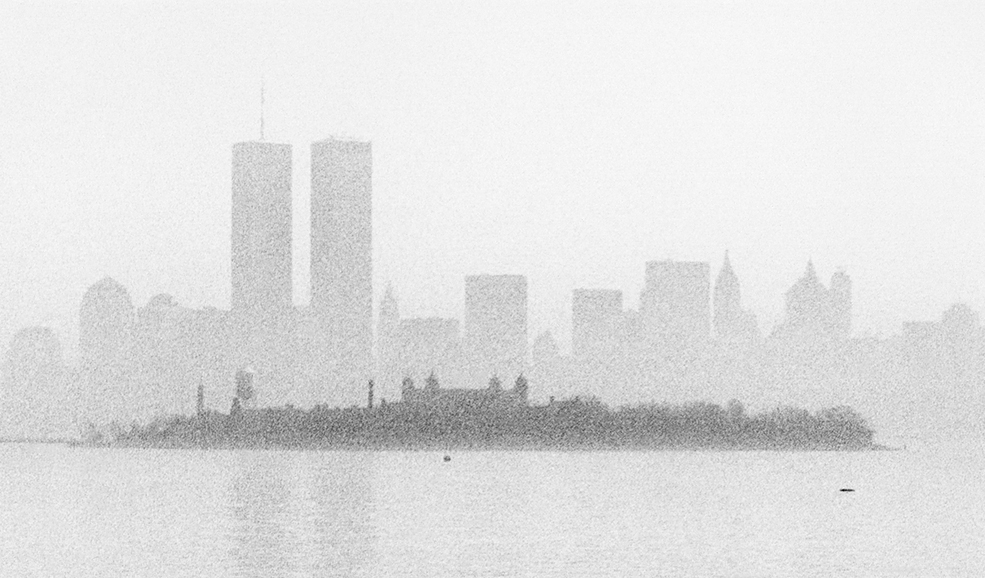
A year into the restoration, The Ellis Island Project: Documentation/Interpretation was launched. Simonton, who is now 60, was taking photography classes at Montclair State College when he was accepted as part of a group assembled to document the island's frail state and restoration process.
For eight years, photographers were given access to areas of the island that were (and still are) off limits to the general public, including unrestored offices and residential buildings. Simonton's stint lasted 10 months, from September 1988 to June 1989, during which he visited Ellis Island more than 40 times. His black-and-white photographs offer insight into the immigrants' transient lives as they made their way to America.
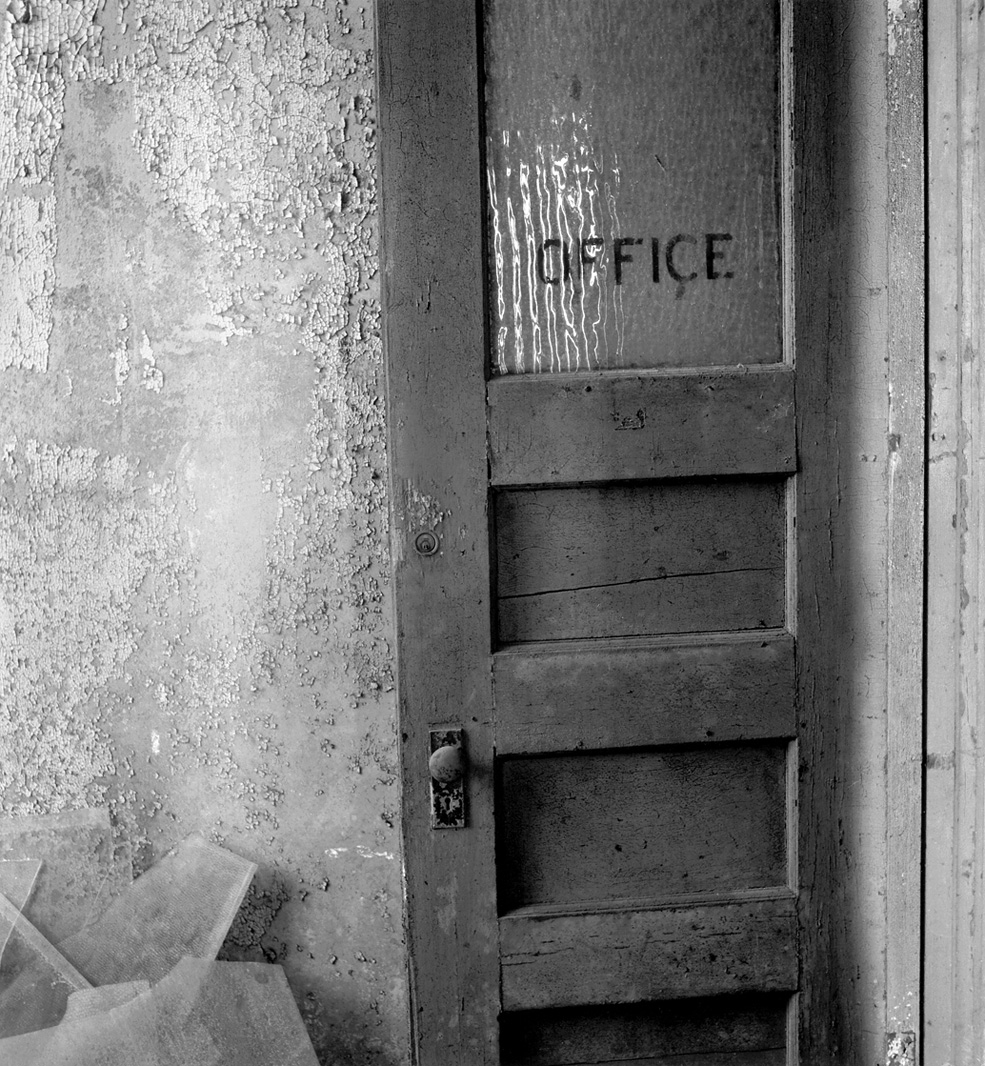
Much of Simonton's time on the island was spent seeing the space anew. "I'll never forget when I was out there and it started snowing. Not only the atmosphere changes, but the light changes, and the feeling changes," he says. "It just looked and felt different, so what I started to see was the effect that light had in transforming the place."

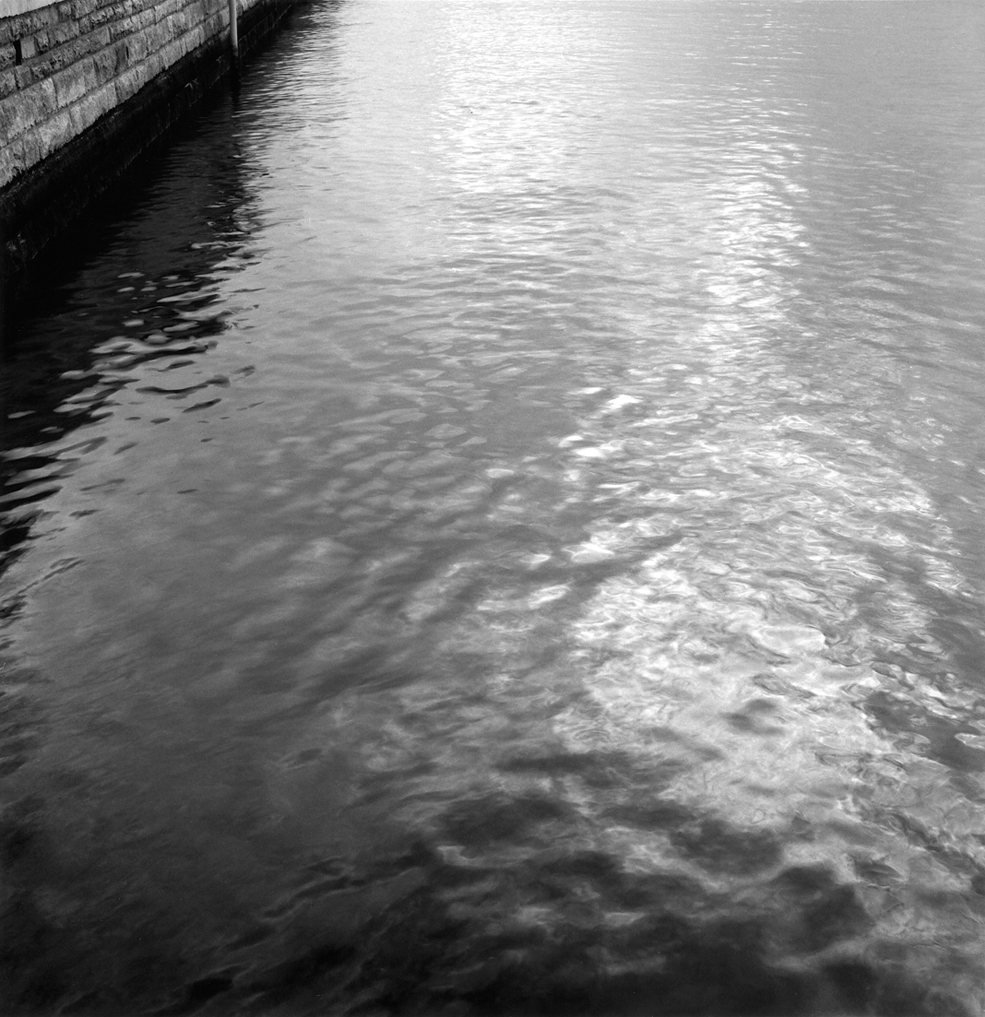
"I went to Ellis Island 40 times, so I crossed that bridge 40 times. And one day I looked over, and I saw that [water] — it was reflecting in a way it hadn't before," he says. Simonton never stopped being amazed by the island's isolated beauty situated against the backdrop of such a major metropolis.
A free daily email with the biggest news stories of the day – and the best features from TheWeek.com
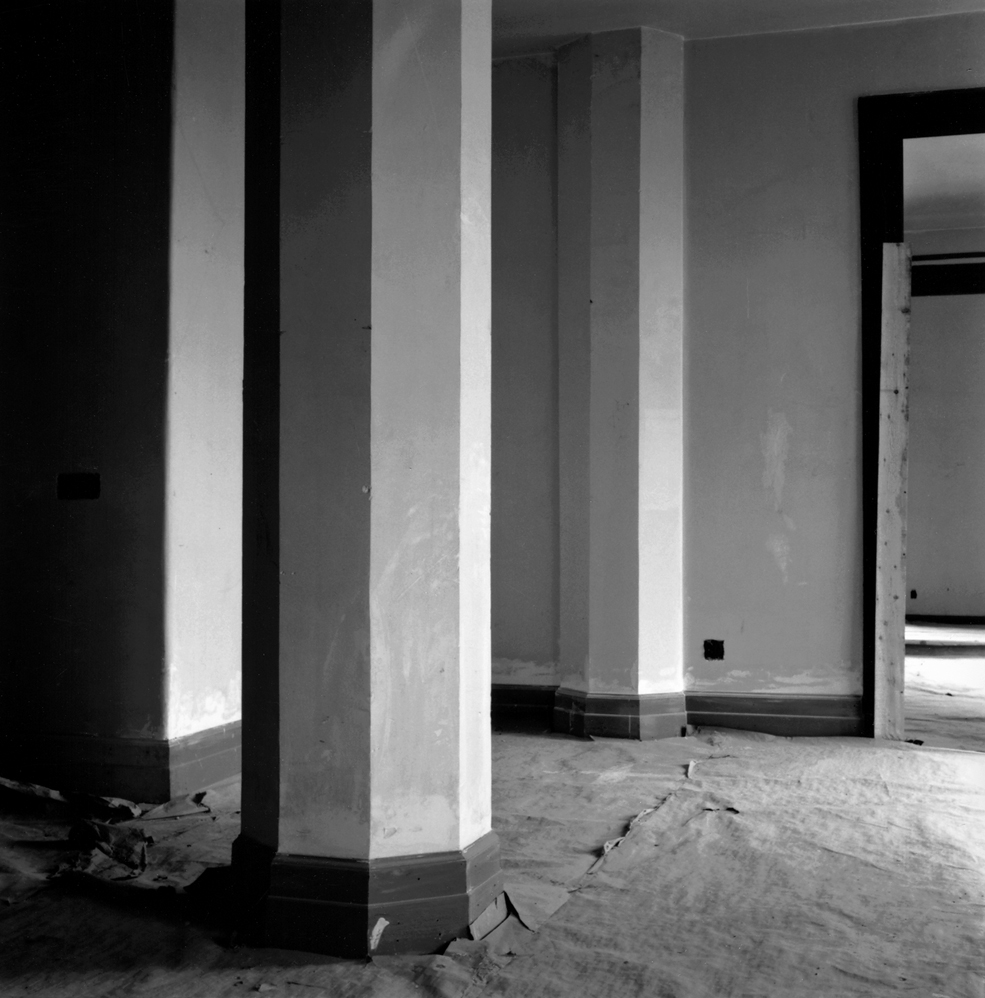
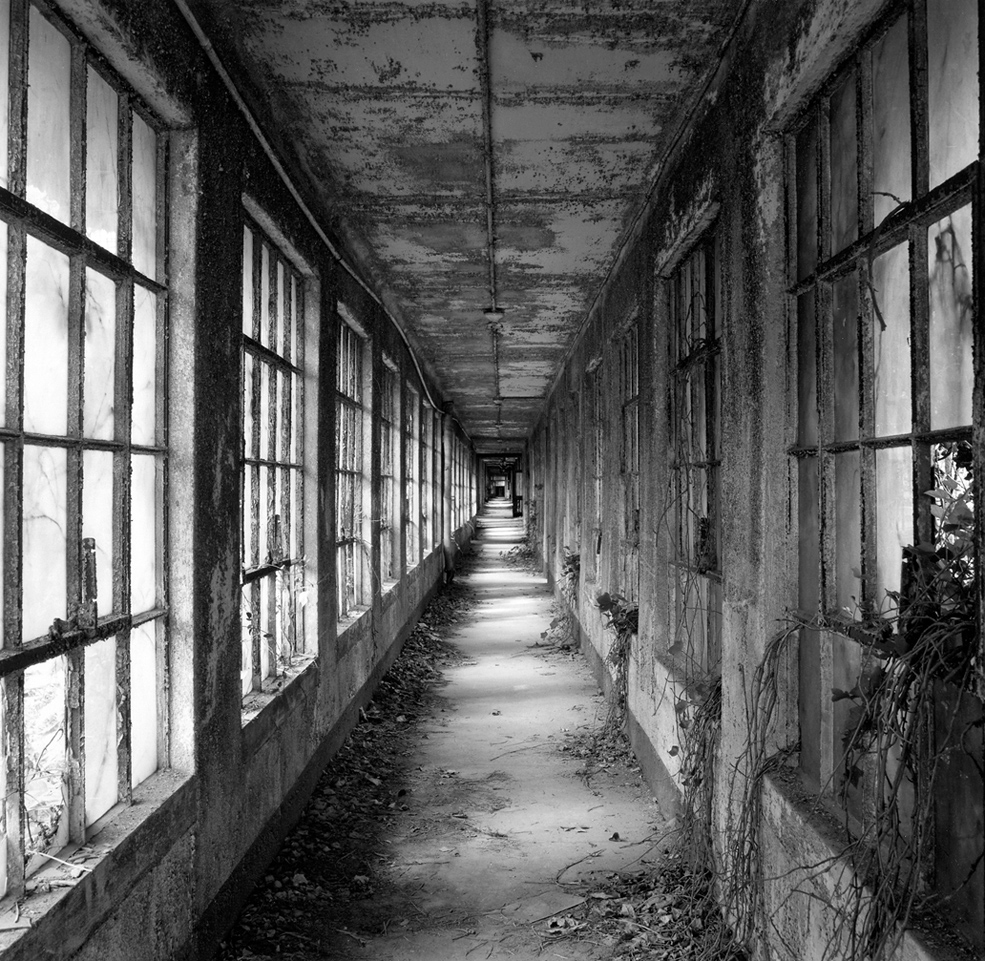
A hallway, invaded by lifeless plants, in one of the unrestored buildings struck a chord with the young photographer. "On this particular day, the light was much softer, it was an overcast day. To me, it looked like the day I had been waiting for," Simonton says. "I felt really privileged to be there at that moment."
Simonton lives in North Carolina, and his photographs are included in the collections of the North Carolina Museum of Art, Fidelity Investments, Boston, and the George Eastman House International Museum of Photography and Film.
Click here see his complete collection from the Ellis Island Project.
Meghan DeMaria is a staff writer at TheWeek.com. She has previously worked for USA Today and Marie Claire.



